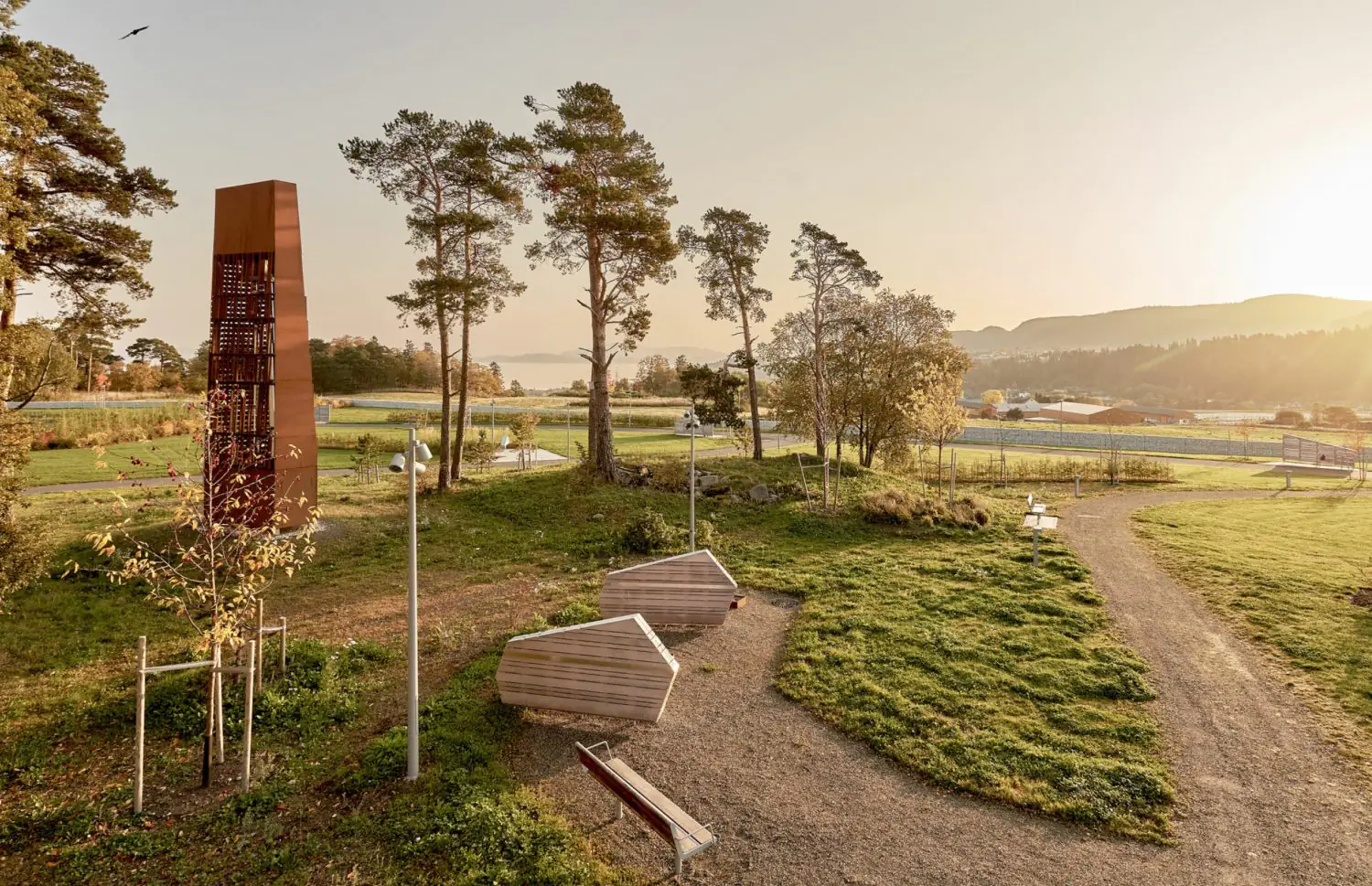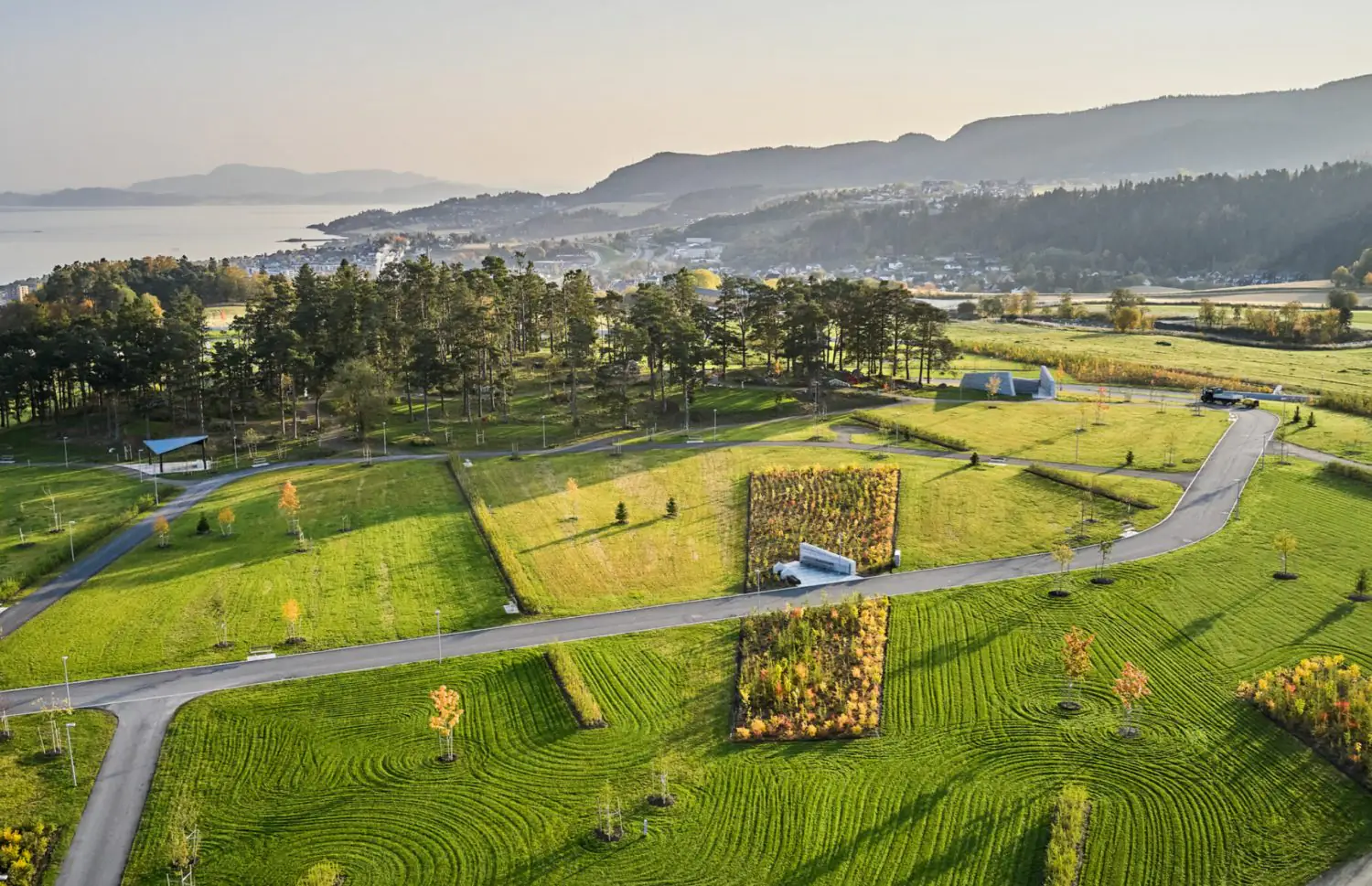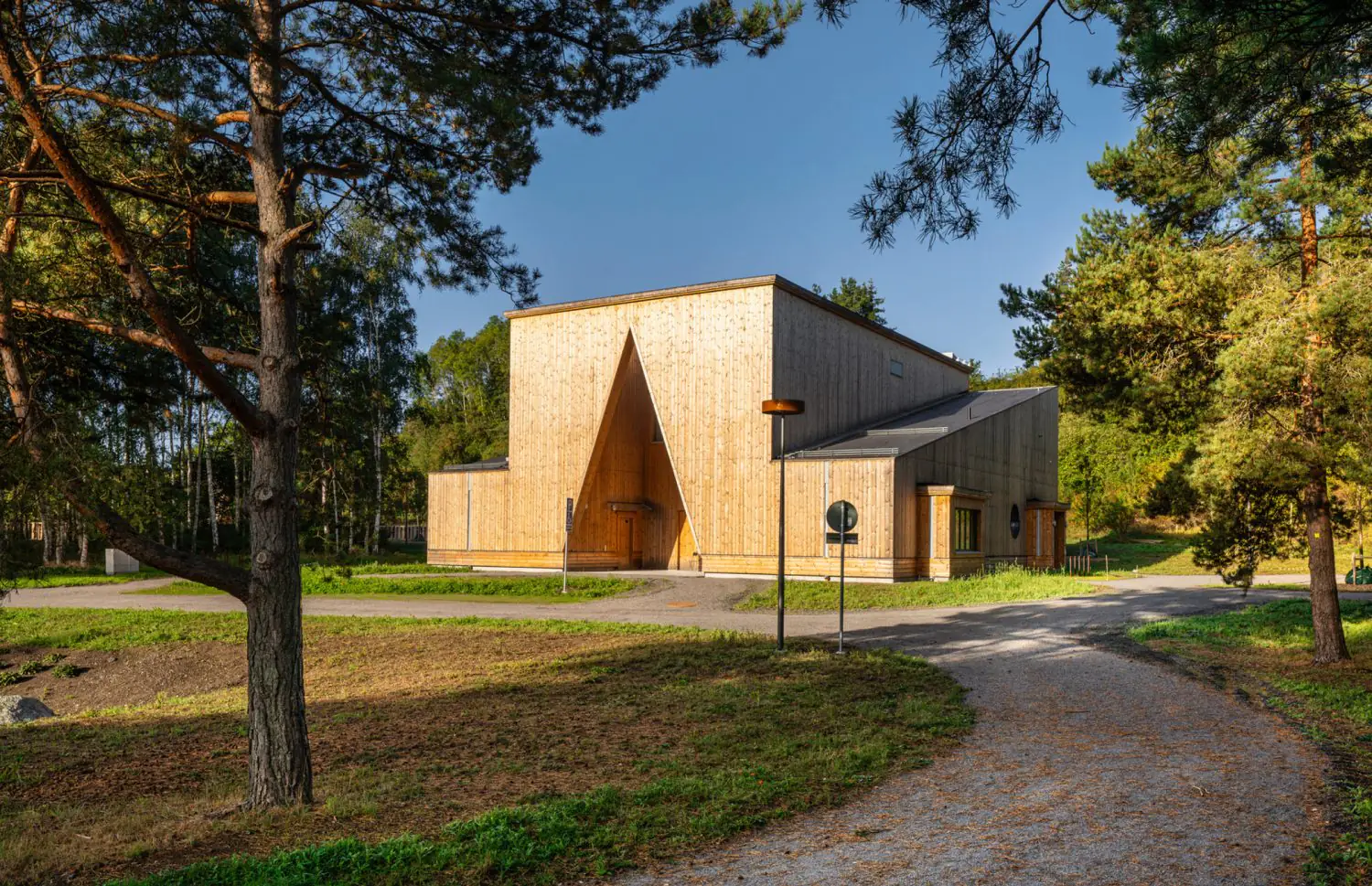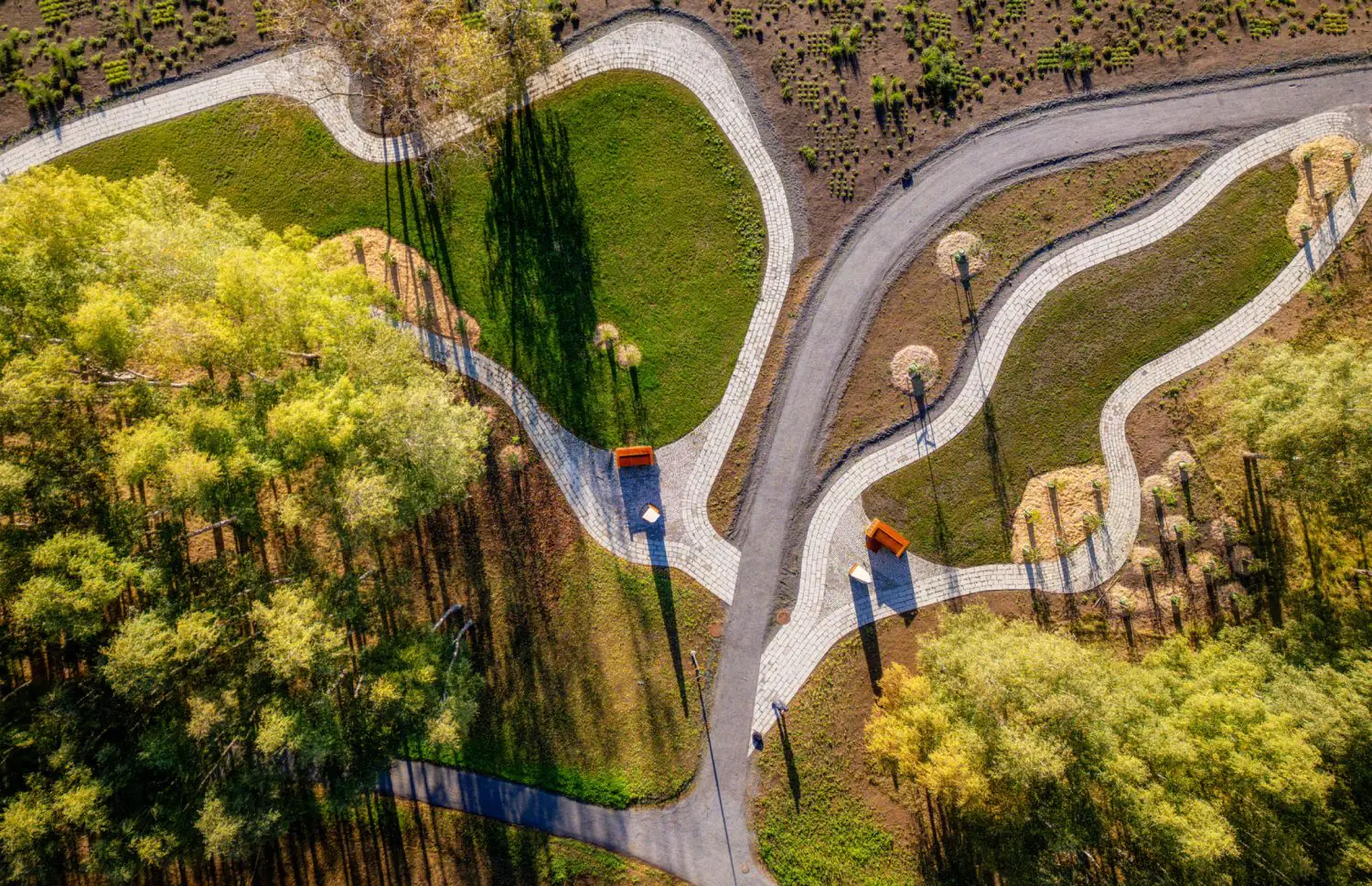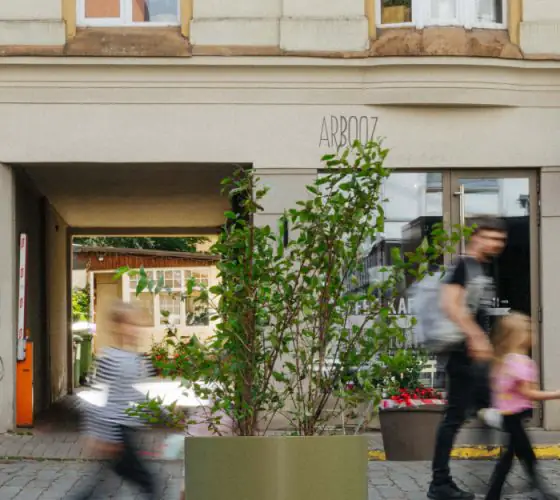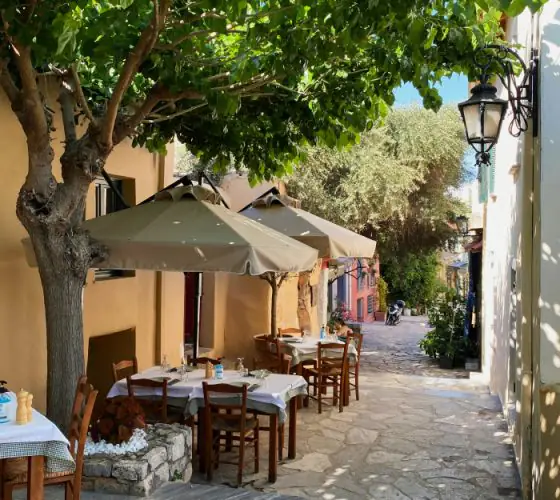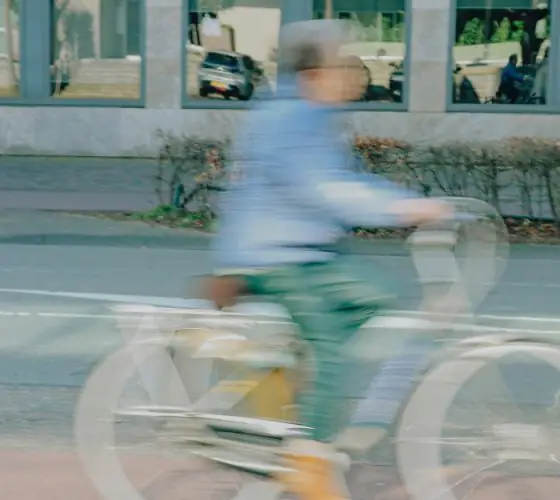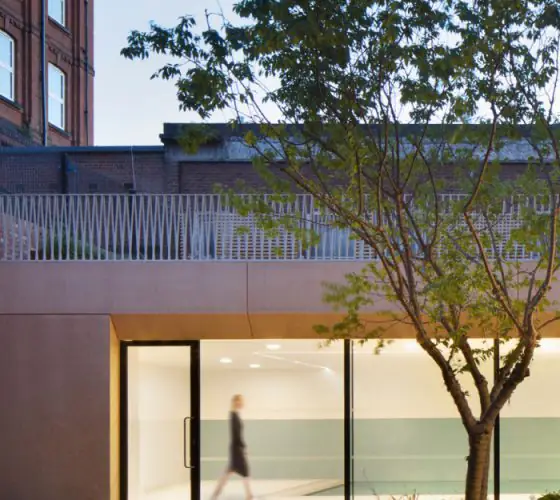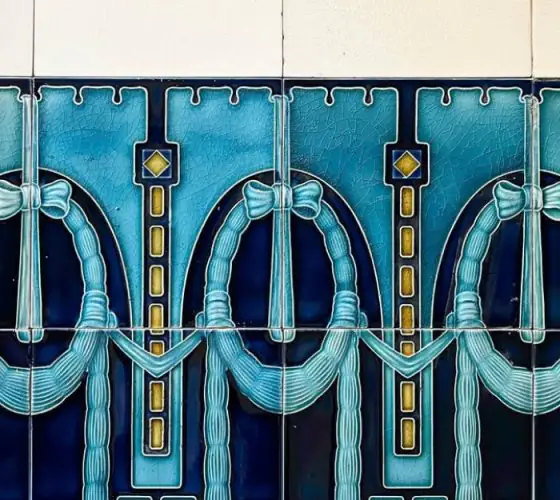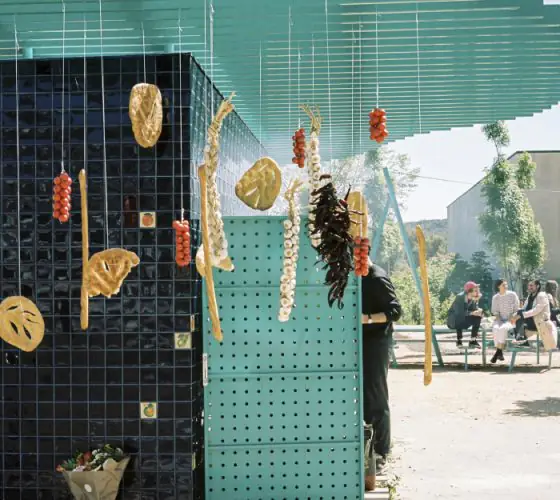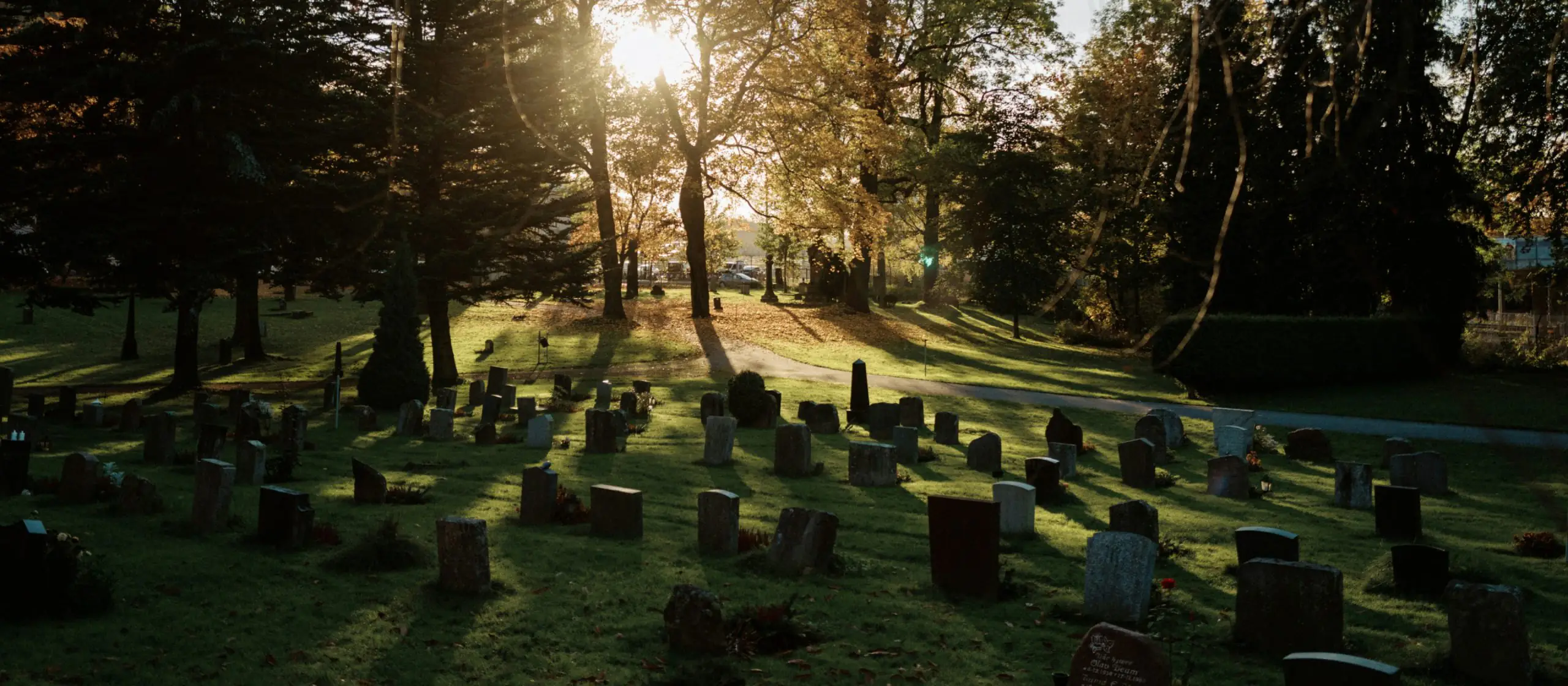
Photo by Eirik Skarstein on Unsplash
Where a Cemetery Is More Than a Cemetery
In Scandinavia, where secularism is high and cremation is widespread, cemeteries are often seen as public green spaces for rest and recreation. Practices such as the reuse of burial plots are common, and cemeteries are increasingly integrated into urban planning — merging memory with the flow of everyday life. With municipalities playing an active role in their management, these spaces are no longer perceived as closed-off areas, but rather as inclusive public environments.
The Arendal cemetery in Norway has become the venue for the Canal Street music festival — a transformation inspired by the personal story of one of the organizers, who had recently lost his father. Designed by a Danish cemetery architect who lived in the area for over a century, the site has taken on a new life.
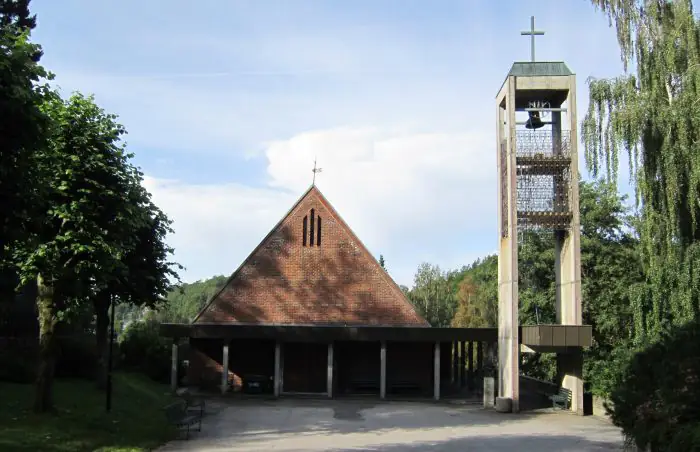
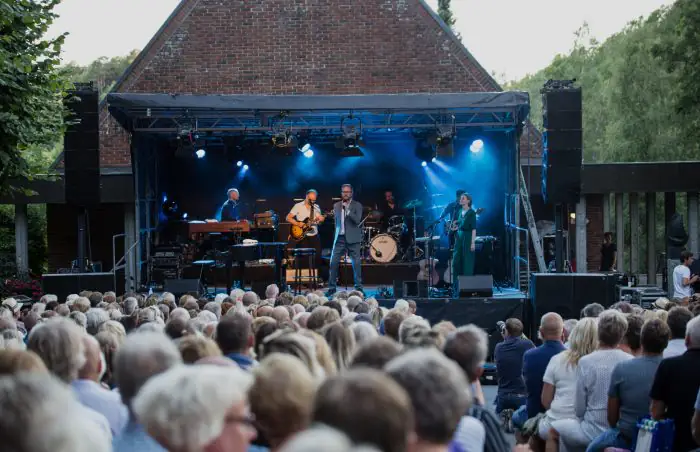
In Gamlebyen, Oslo, only a small number of people visit actual graves. Most pass through on their way to work, walk their dogs, ride bicycles, or enjoy time with their children. The Haslum cemetery, recognized as the “Green Park of the Year” back in 1989, links several residential neighborhoods and functions as a place for strolls, meetings, and quiet reflection — woven seamlessly into everyday life.
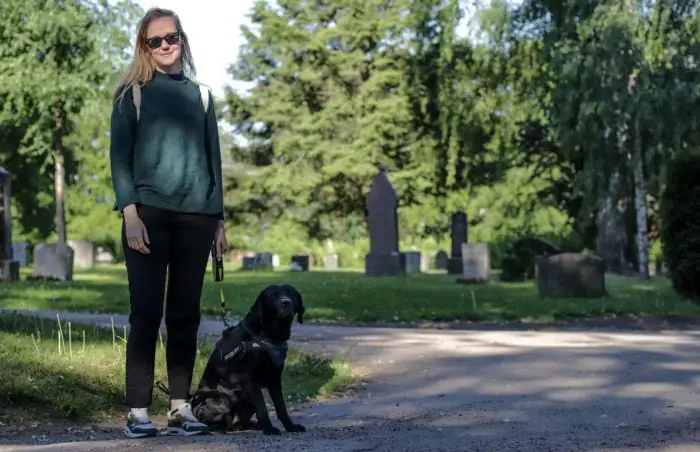
forskning.no
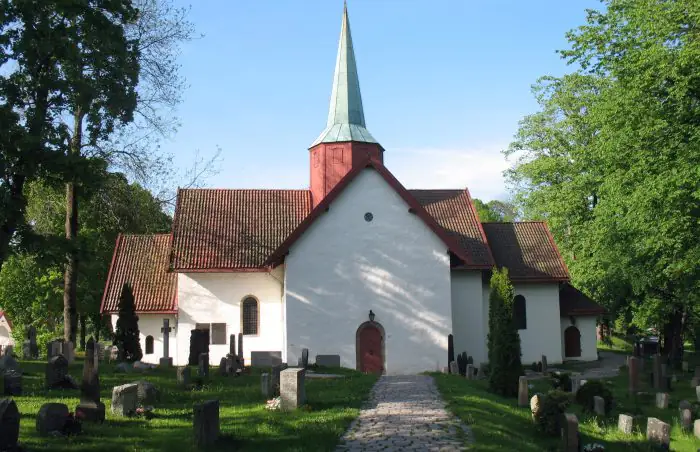
wikipedia.org
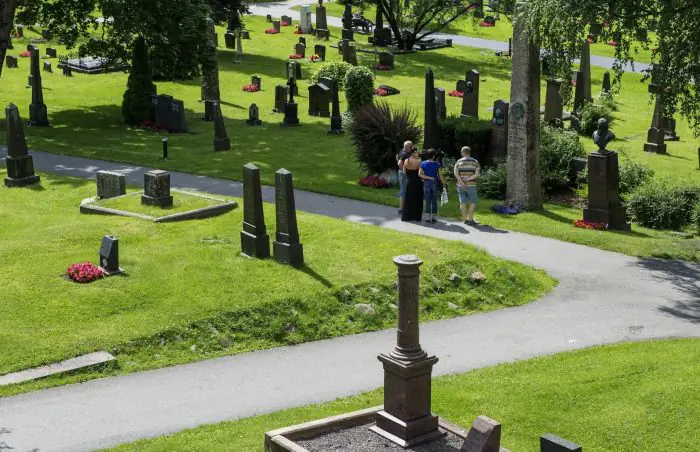
Vår Frelsers, located near central Oslo, is more than a tranquil spot — it’s also a cemetery of notable figures. In summer, visitors relax on the grass, and graves can be located via QR codes. It is part of the official European Route of Significant Cemeteries.
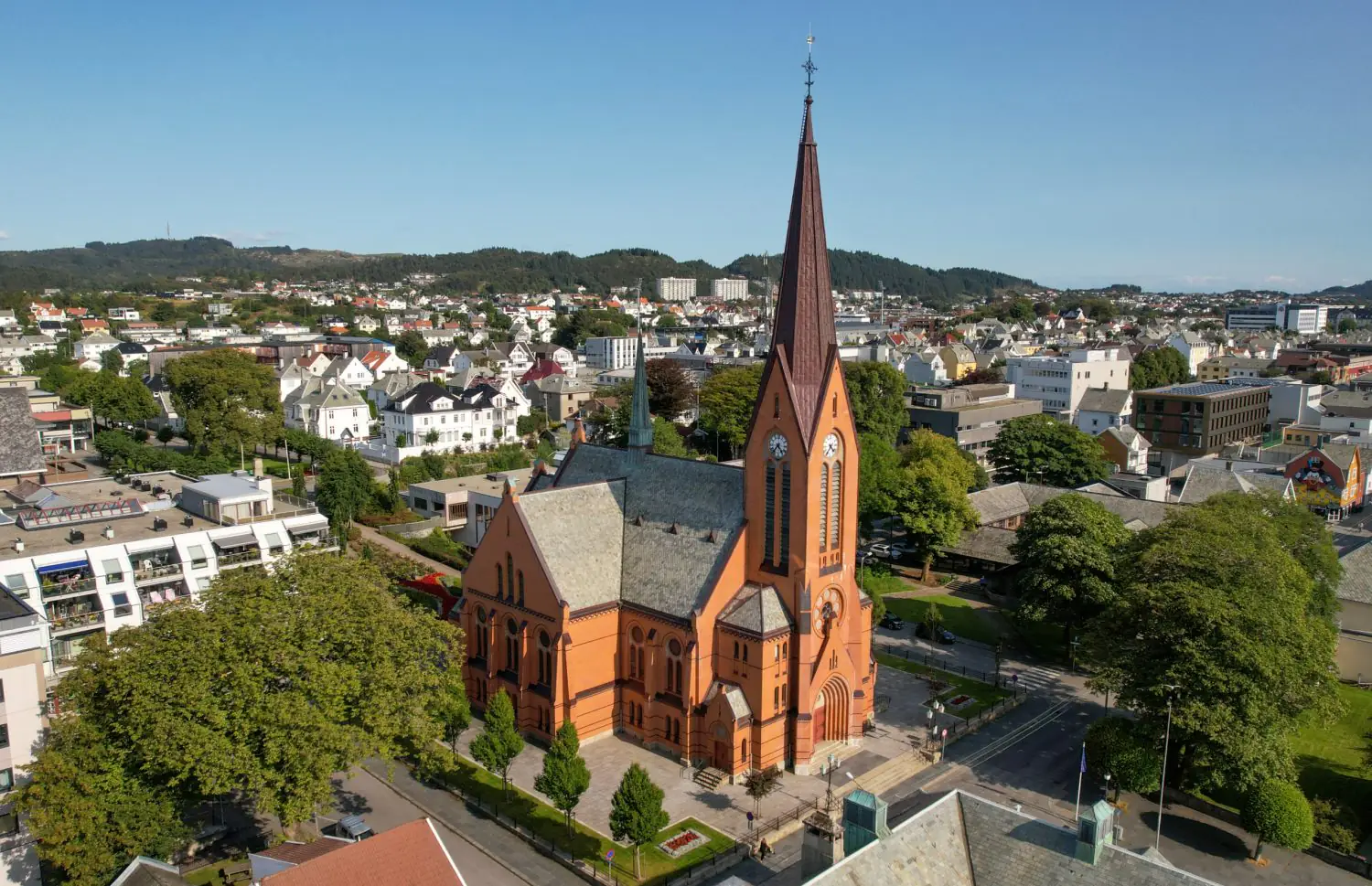
Cemeteries as Part of Urban Strategy
In Scandinavia, cemeteries have become an integral element of urban planning. Between 2014 and 2017, Oslo and Copenhagen became some of the first European cities to adopt dedicated strategies for the development of cemeteries as public spaces. These documents marked a turning point — reimagining cemeteries not just as sites of remembrance, but as green, recreational urban landscapes.
Unlike in many other countries, where cemeteries are managed by religious or private entities, in Oslo and Copenhagen this responsibility lies with municipal authorities. This shift has made it possible to embed cemeteries into broader strategies for sustainable urban development.
In 2017, the municipality of Oslo adopted the strategy “Cemeteries of the Future — Great Green Urban Spaces”, developed in collaboration with the Cemetery Agency and the Department of Culture. Copenhagen released its own plan in 2015: “Five Cemeteries Towards 2065”, a strategy based on ethnographic research. Both documents laid the groundwork for the development of individual plans tailored to each municipal cemetery.
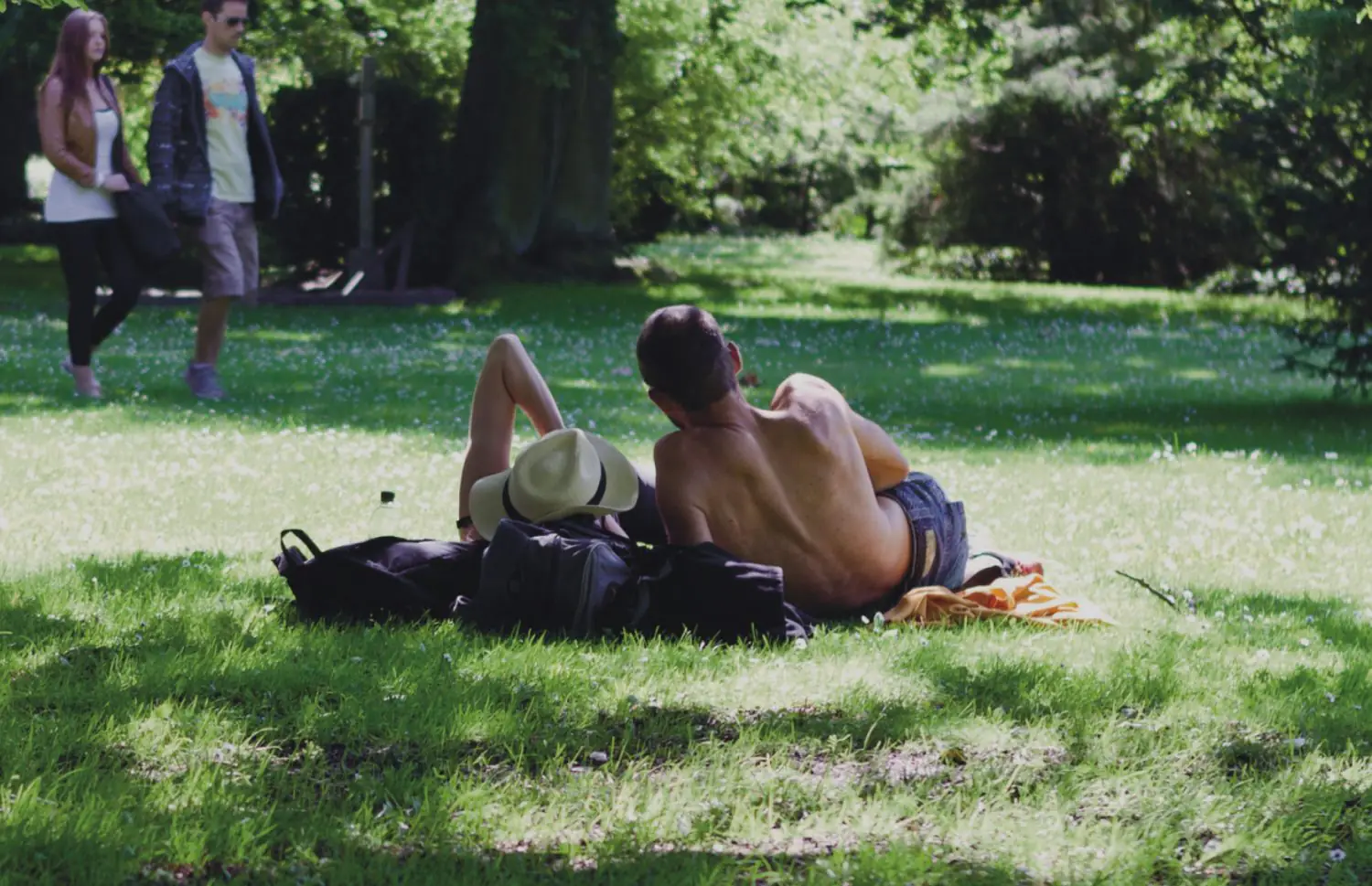
In his study “Philosophical Park: Cemeteries in the Scandinavian Urban Context,” researcher Pavel Grabalov, PhD Candidate at the Norwegian University of Life Sciences, highlights several shared principles behind the two capital cities’ approaches:
The growing urban population has increased the demand for green spaces — cemeteries are now seen as vital reserves within the urban fabric.
Recreational use of cemeteries had already developed informally; now it is being actively integrated into planning. More people in these spaces not only bring life to them but also enhance safety.
The preservation of cemeteries has become a planning priority, particularly in Copenhagen, where the issue is explicitly addressed.
Cemeteries are acknowledged as a unique type of green space — with religious, spiritual, and social dimensions distinct from parks or squares.
There is an emphasis on diversity in burial practices, including woodland burials, cremation, and memorial groves. In Oslo, the focus is on multicultural inclusivity: many cemeteries now contain designated areas for different faith communities — although concrete implementation measures are still lacking.
Oslo: Climate and Biodiversity
Oslo’s cemetery strategy is closely tied to environmental goals. Cemeteries are treated as part of the city’s green infrastructure — contributing to flood prevention, preserving biodiversity, and providing new spaces for relaxation and recreation.
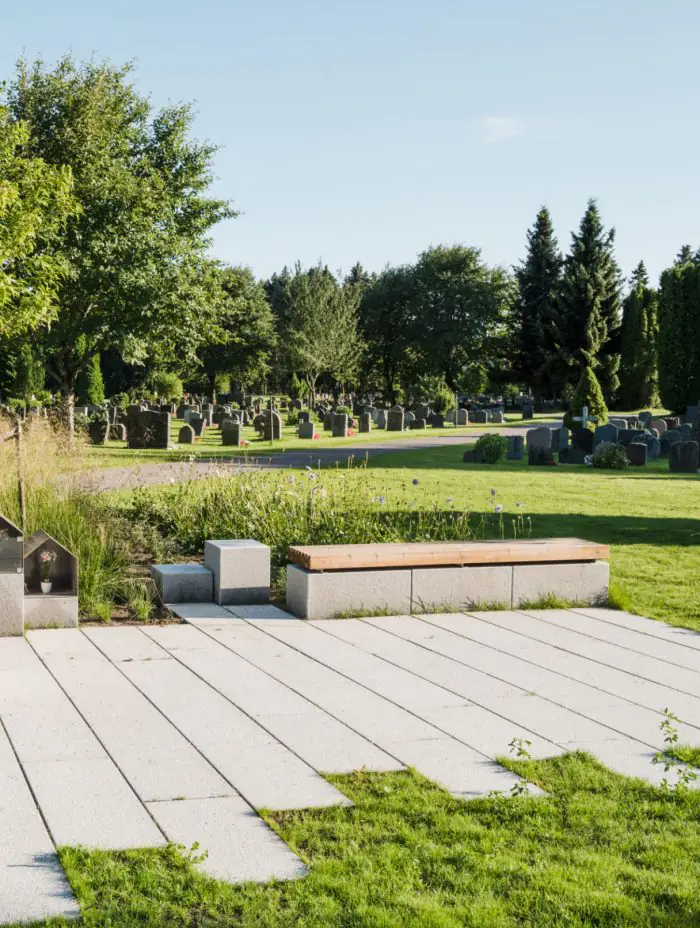
Photo: Damian Heinisch
grindaker.no
Copenhagen: Too Many Cemeteries
Copenhagen faces a unique challenge — an oversupply of burial plots. The growing popularity of cremation and a decline in grave lease renewals have led to large sections of cemetery grounds losing their memorial function, turning into “dead” spaces in the most literal sense. This has forced the city to reconsider how its cemeteries are used — from optimizing underutilized land to potentially transforming some areas into parks.
Another notable feature of Copenhagen’s strategy is administrative: the need to clarify and reorganize responsibilities between different municipal departments involved in cemetery management.
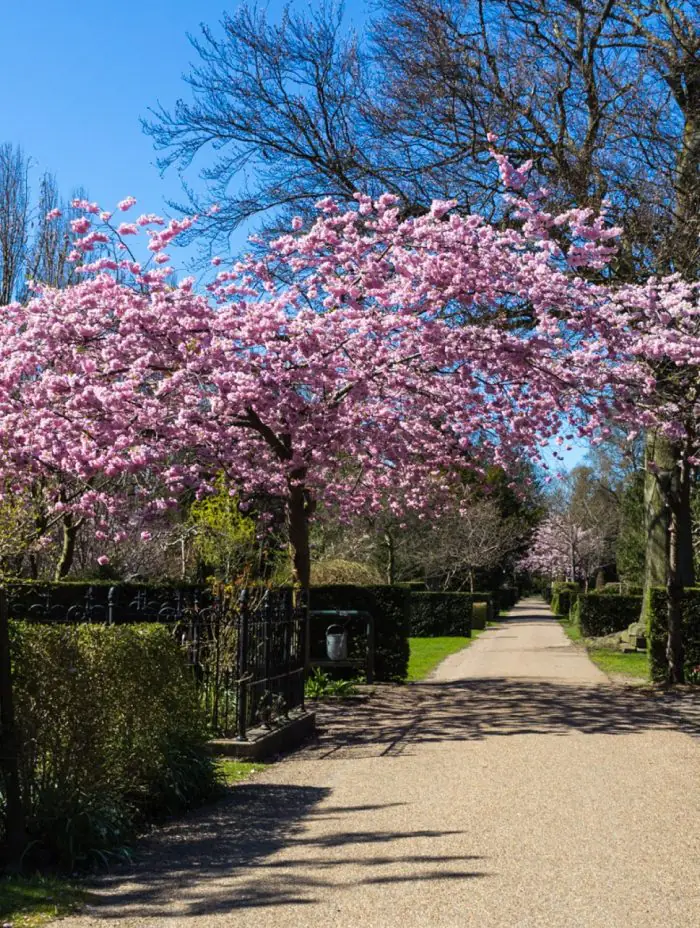
berloga-workshop.com
Both strategies — in Oslo and Copenhagen — are attempts to rethink tradition and offer a fresh perspective on the role of cemeteries in city life. Though still relatively new, these policies have already sparked a broader conversation about how we design, perceive, and use places of memory — connecting architecture, society, and the experience of loss.
The Architecture of Memory: Philosophy and Practice
Scandinavian countries are not only leading in cemetery policy — they are also shaping a distinct architectural language for these spaces. A new philosophy has emerged: cemeteries are not simply burial grounds, but places where silence, nature, community, and personal grief coexist.
Modern Scandinavian cemeteries are often religiously neutral, highly accessible, and deeply embedded in the landscape. Architects avoid monumental gestures, instead seeking to emphasize and complement the natural surroundings. Here, nature is not a backdrop — it becomes a symbol of life’s continuity.
These spaces invite reflection and presence — not just remembrance.
Skogskyrkogården: A Philosophy of Memory and a New Design Paradigm
Skogskyrkogården, the Woodland Cemetery in Stockholm, is far more than a burial site — it is one of the most significant landmarks of modern architecture. Listed as a UNESCO World Heritage Site in 1994, it has become the model for a new approach to cemetery design.
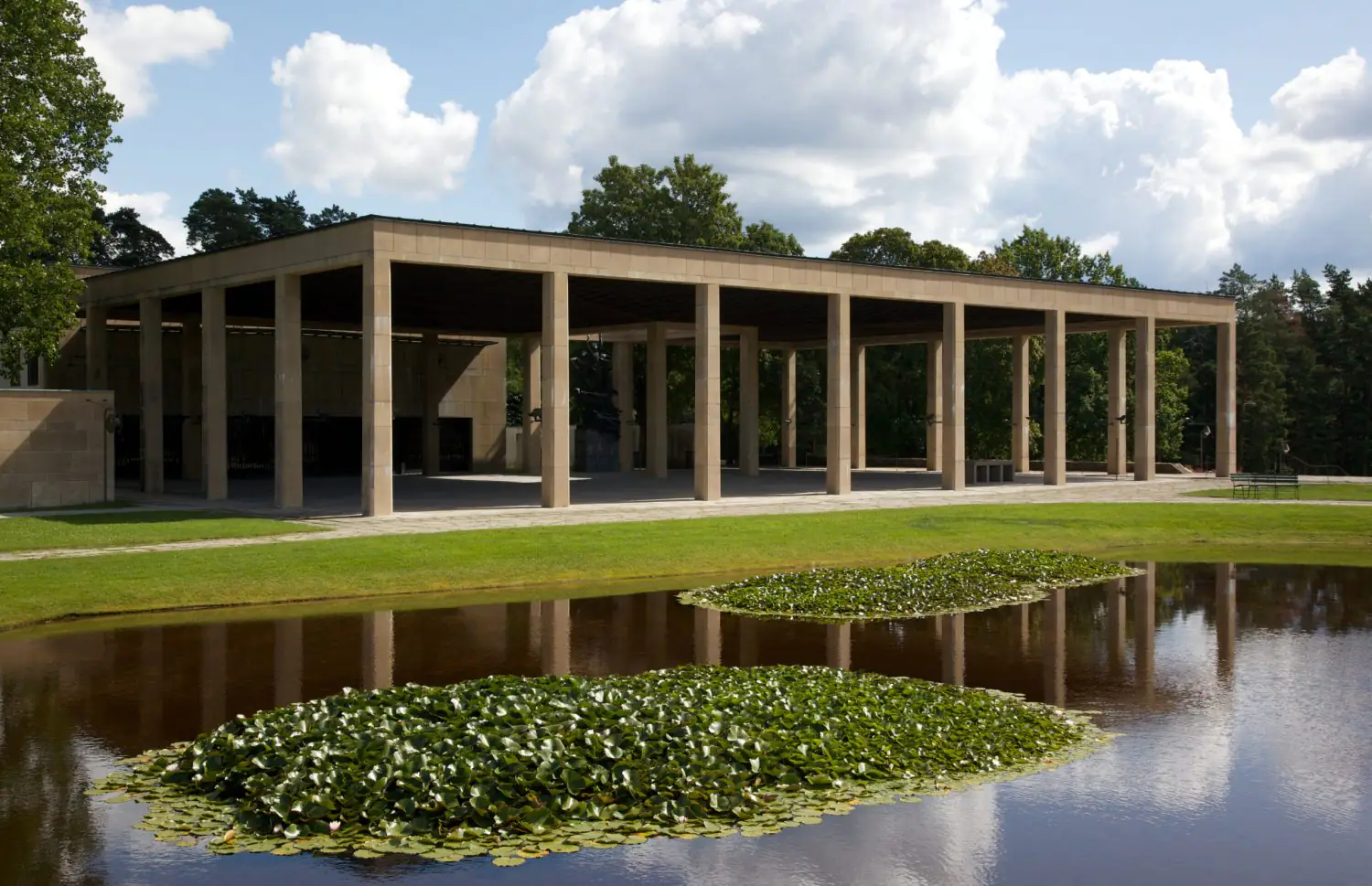
Built on the site of a former gravel pit and surrounded by a pine forest, the cemetery was designed by architects Gunnar Asplund and Sigurd Lewerentz. Rather than a traditional park, they envisioned a sacred landscape where nature, not the gravestone, is central. Their intention was that the mourner, through nature, would not only grieve — but gradually return to life, finding solace in the landscape.
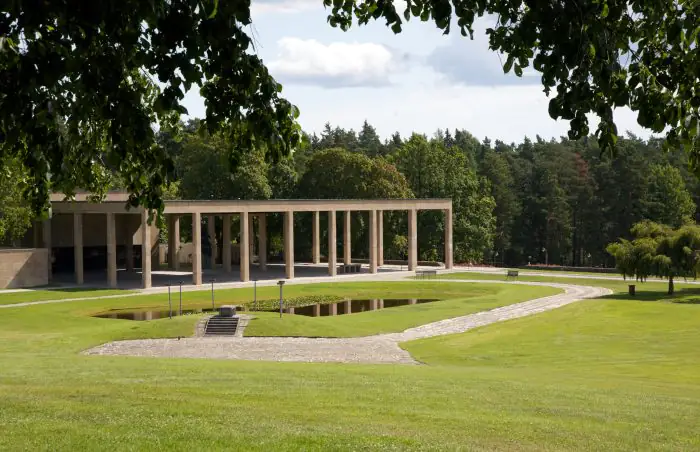
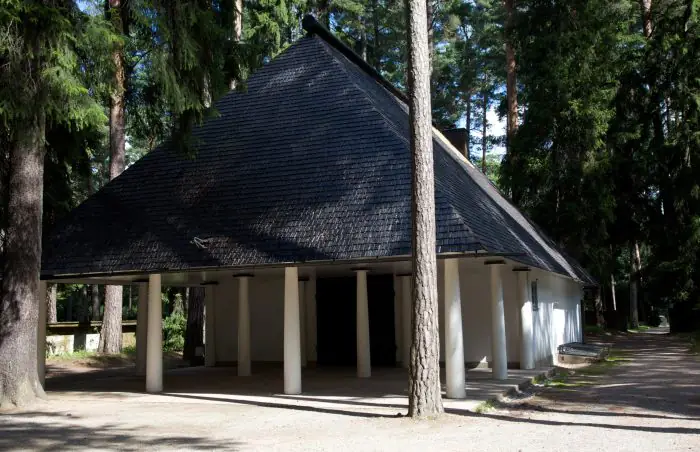
The site includes burial areas among the trees, a memorial grove, an open-air urn garden, and the “Meditation Grove” — a monumental hill. The crematorium, designed by Asplund in the 1930s, is considered his architectural masterpiece and a defining work of the era. Every element — from pathways to lighting fixtures — forms a cohesive, contemplative environment.
Today, Skogskyrkogården remains the largest cemetery in Sweden and is open 24/7. Dogs on leashes are welcome, and guided tours are held regularly in summer. This is a place where death is not hidden from life — but gently woven into it.

Norway: Cemeteries as Part of the Landscape, Memory, and Everyday Life
In Norway, cemetery architecture is deeply rooted in the natural and cultural landscape. These sites are designed not only for burial, but as public parks, routes of remembrance, places of reflection, and community gathering.
A compelling example is the Geitryggen Cemetery in Bjorelvnes. Arranged on two levels connected by a granite staircase, the design creates a visual axis linking the cemetery, church, and bell tower. At its heart is a memorial grove made of corten steel, adorned with leaf motifs — evoking the forest and creating a serene space for quiet presence and light.
No less evocative is the Havstein Cemetery in Trondheim. Designed as a seamless extension of the surrounding rural landscape, the cemetery features swaying meadow grasses, a pond, cornfields, and softly winding paths — all referencing a terrain cultivated by generations of farmers. The architects’ aim was to highlight the natural fabric of the site, not overwrite it.
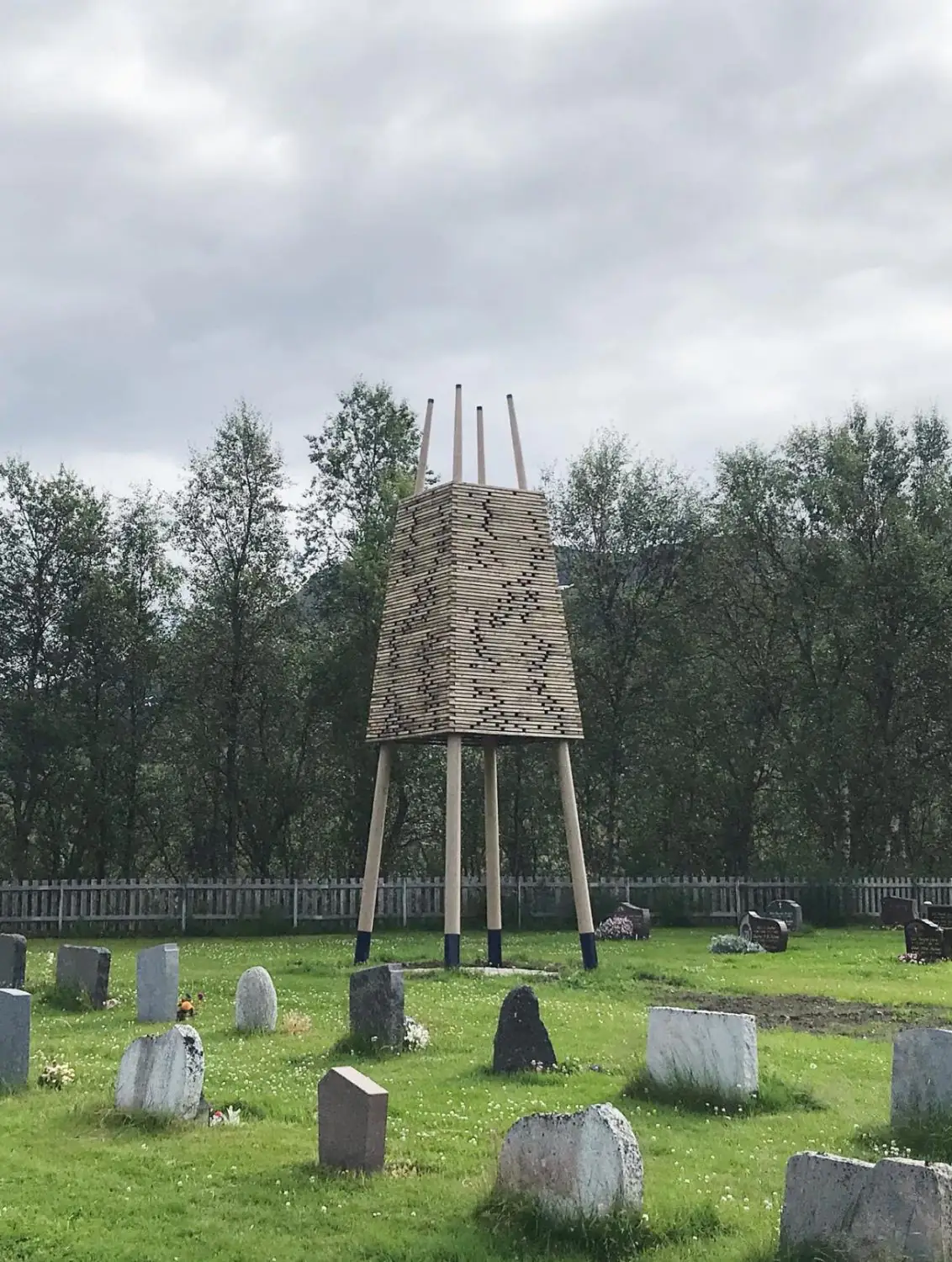
facebook.com / Lo:Le
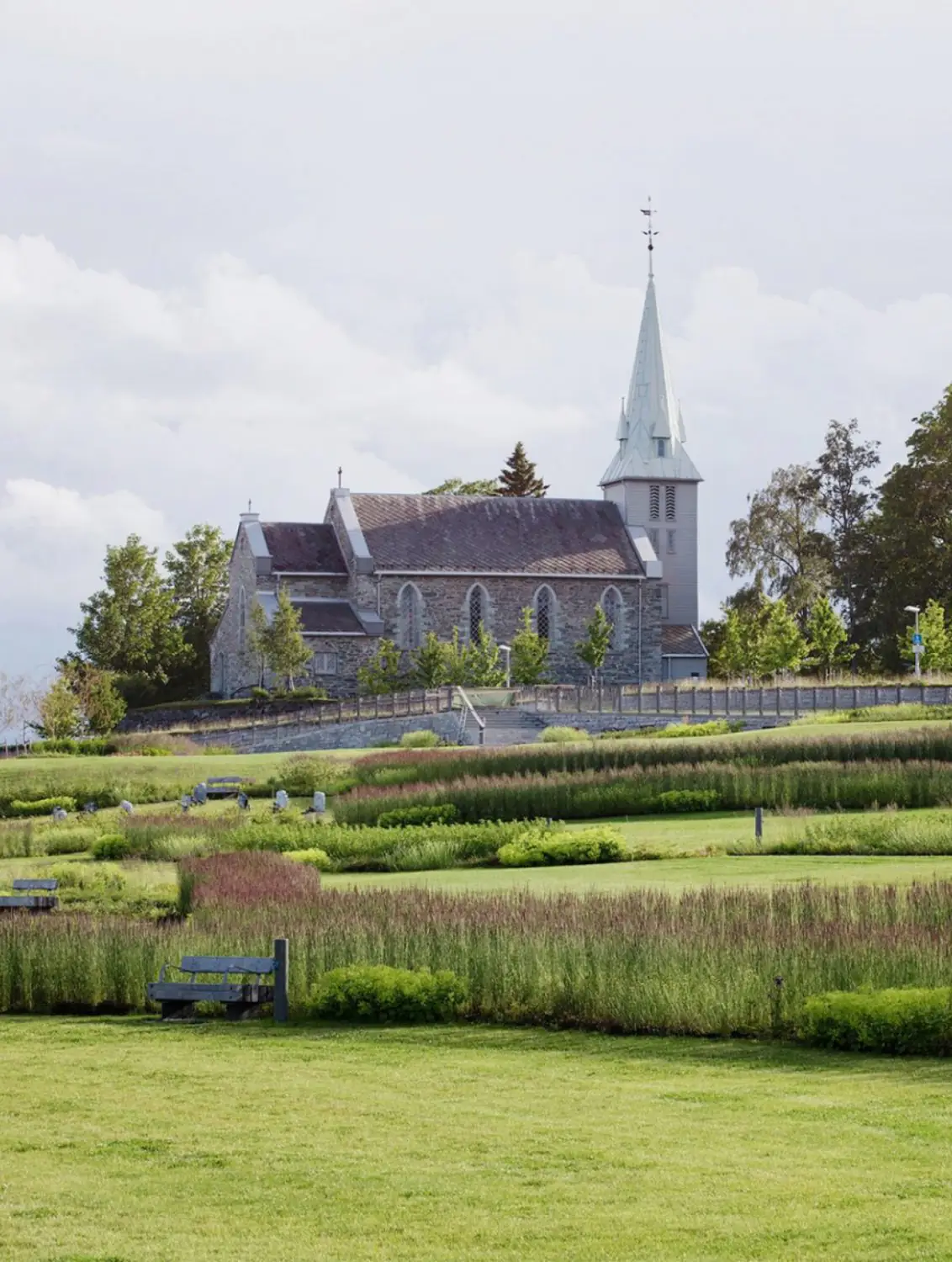
agraff.no/prosjekter/havstein-kirkegard
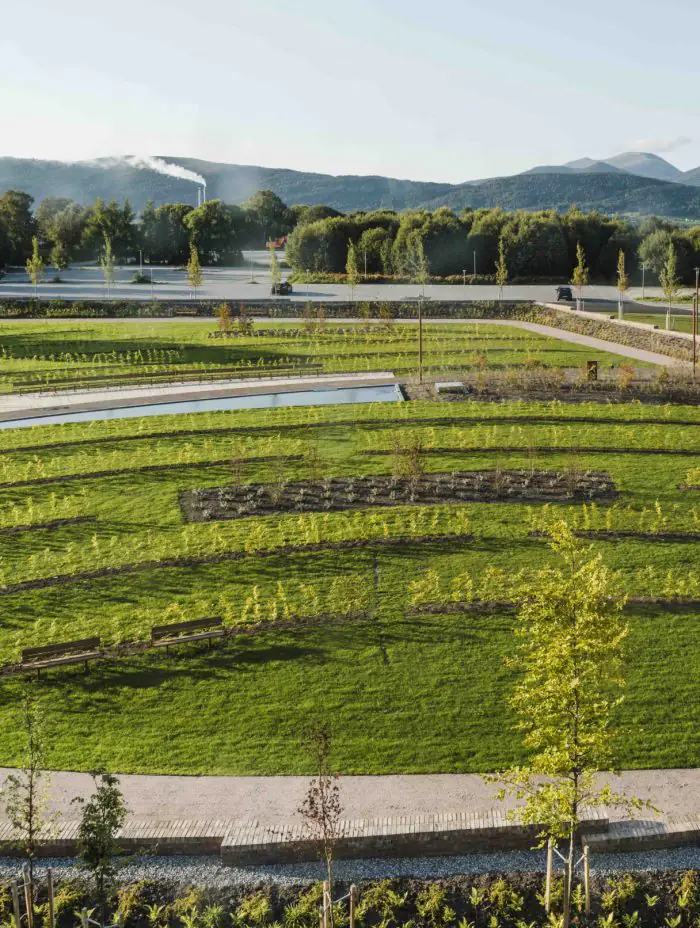
In contrast, the Moa Urnelund Cemetery in Ålesund brings a calm counterpoint to a densely built, commercial area. Surrounded by roads, shops, and apartment blocks, the space was reimagined as a peaceful retreat with a memorial grove, reflecting pool, ceremonial terrace, and strict guidelines for headstone sizes. The design introduces quiet dignity to an otherwise hectic urban setting.
A more experimental approach defines Charlottenlund Cemetery, also in Trondheim. This religiously neutral site includes processional paths, meditation islands, and a dedicated space called the “Place for All the Missing.” New types of headstones — made from wood, bronze, and granite — are used here. The cemetery is open for tours and cultural events, emphasizing its role as a living public space.
A more intimate design can be found at the Children’s Memorial Grove in Oslo’s Vestre Gravlund. Tucked among tall trees, this area is shaped with child-friendly symbolism — flowering plants, cornflowers, low lantern houses for candles and toys. It is a quiet place of gentleness, remembrance, and care.
Finally, the Våler Church and Cemetery offers a powerful symbol of continuity. After the original wooden church burned down, a new one was built on the same foundation, its design chosen through an international competition. The building — made of pine logs and birch plywood, topped with two pyramidal roofs — connects past and present. The preserved foundation was transformed into a memorial grove, becoming a space where generations meet through memory and light.
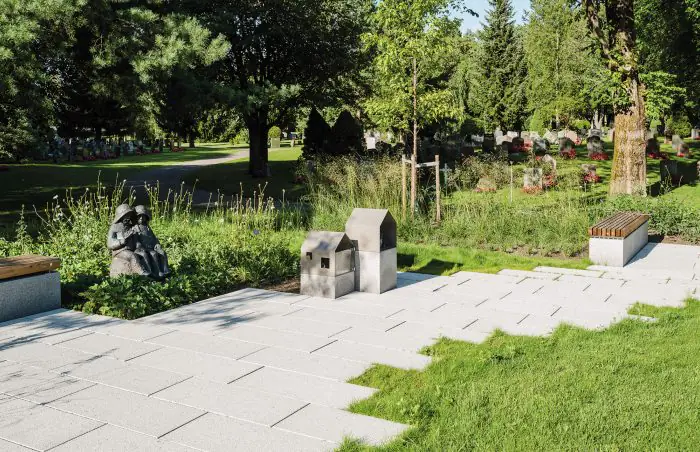
Photo: Damian Heinisch
landskapsarkitektur.no
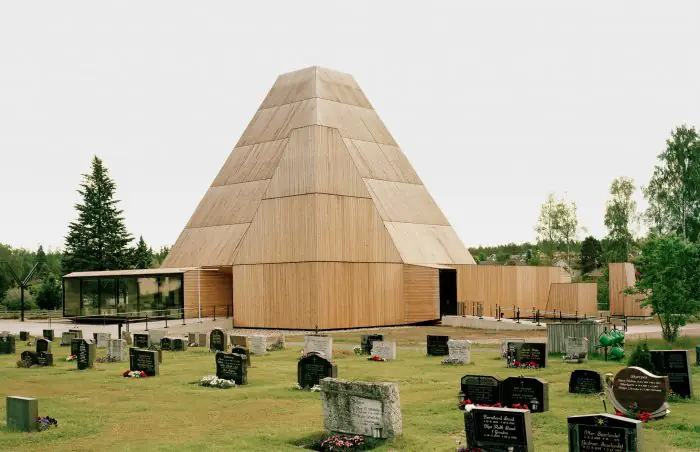
Photo: Rasmus Norlander
dezeen.com
Sweden: The Cemetery as a Green Utopia
Sweden continues to evolve the concept of the cemetery as a universal public space. The new project in Järva, located on the hills northwest of Stockholm, is designed as a landscape made up of distinct “islands,” each with its own chapel and specific function. The site retains its recreational character — with areas designated for barbecuing, dog walking, and cross-country skiing.
Instead of a central gate, the cemetery is planned as an open, democratic park, where the boundaries between everyday life and remembrance blur. It’s a place where one can both live and remember — a natural extension of community life.
Finland: Subtlety and Tradition
In Finland, cemetery architecture remains restrained and contemplative. The Tapiola Urn Cemetery in Espoo is one of the country’s first cemeteries dedicated solely to urn burials. It sits within the courtyard of a modernist Lutheran church designed by Aarno Ruusuvuori.
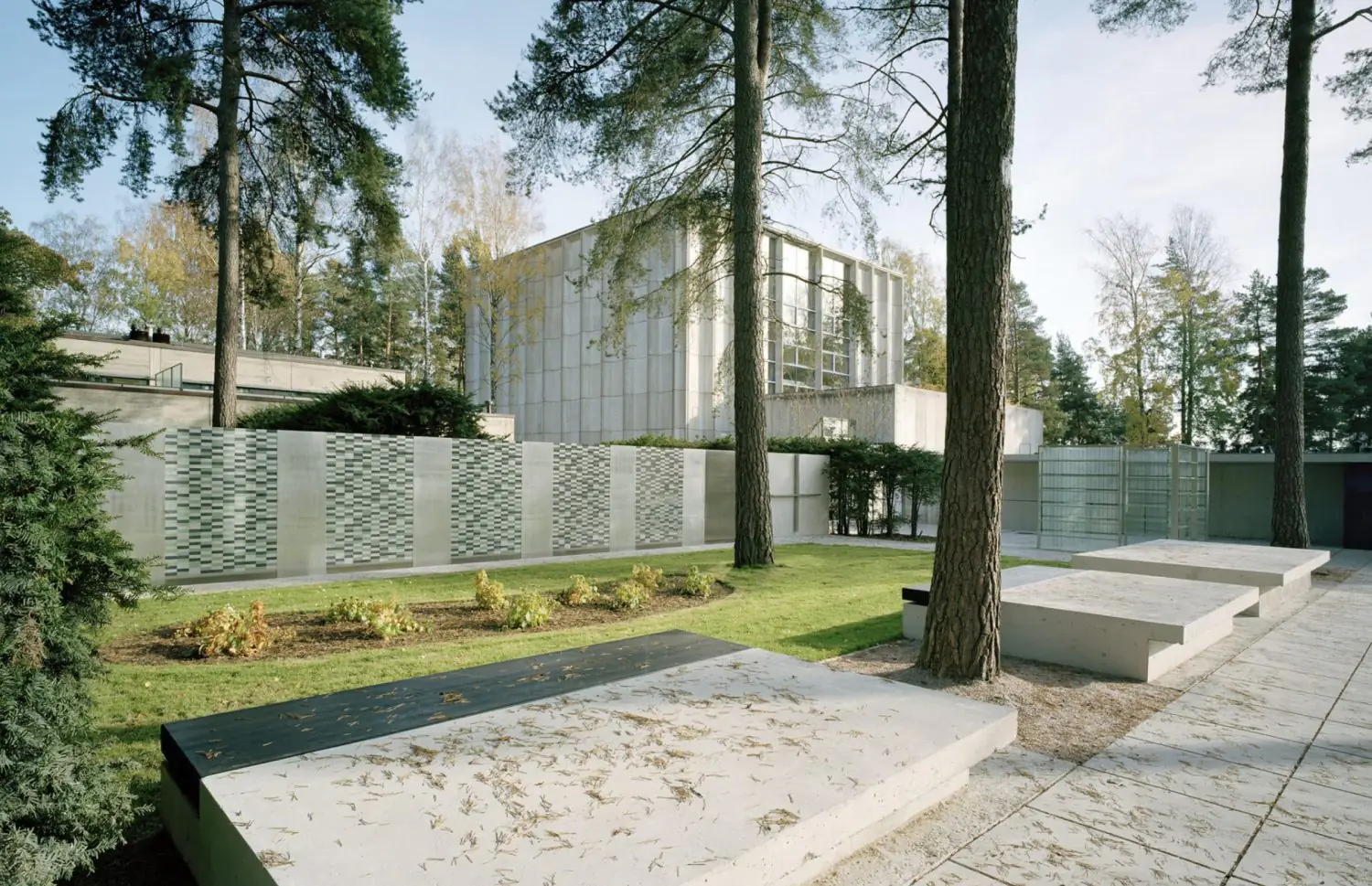
lma.fi
Minimal in form and deeply respectful in tone, the cemetery extends the cultural landscape of the iconic garden-city district of Tapiola. With its clarity of design and sense of quiet, it reflects Finnish traditions — providing a space where memory and serenity meet.
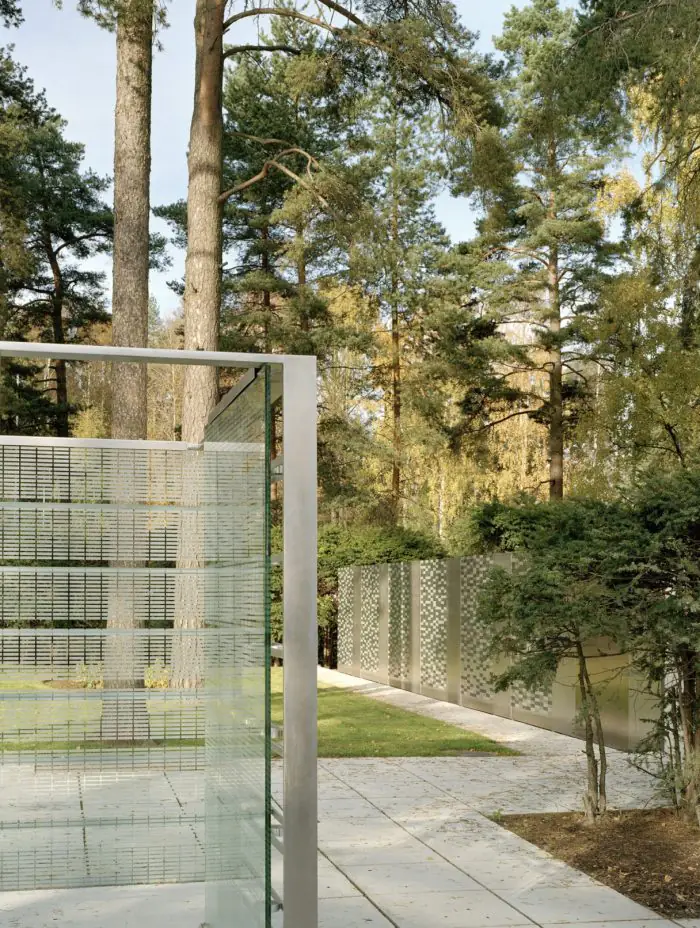
lma.fi


